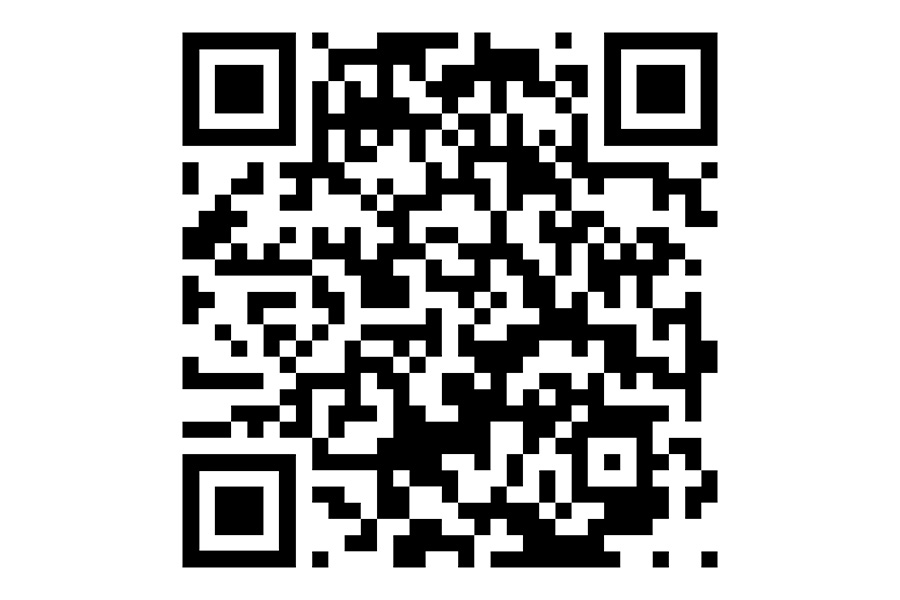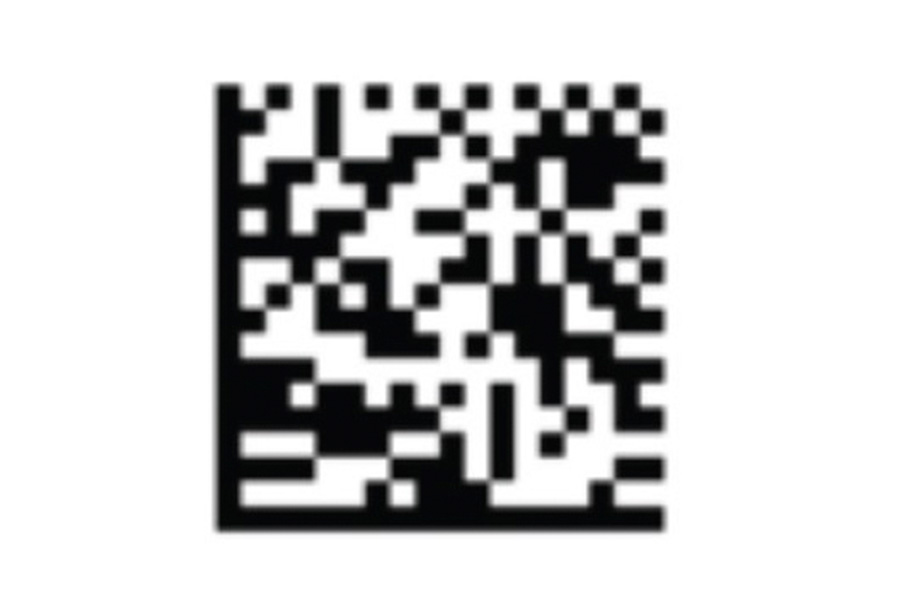Feb 18, 2022 by Mark Dingley
Food waste is a colossal global problem. The UN Environment Programme’s Food Waste Index found more than 900 million tonnes of food are thrown away every year. That’s one-third of all food produced each year wasted before it can be consumed.
Australia is no exception – we waste 7.6 million tonnes of food each year, 70% of which is perfectly edible.
That’s 312kg of food waste per person.
But it’s not just the value of the food that is wasted – it’s the cost of production, packaging, storage and transportation associated with this food. The global food system is responsible for 24% of greenhouse gas emissions and is one of the biggest contributors to climate change, which makes the amount of food wasted even more unpalatable.
But the good news is there are numerous technologies, processed and policies that together could help reduce global food waste at every point in the supply chain.
Here’s one innovation that is already starting to make a difference:

2D barcodes are simply barcodes that are embedded with data. You will have seen a 2D barcode before. They look like QR codes or DataMatrix codes. They differ from traditional linear barcodes because they hold a lot of information in a small space than linear barcodes.
A single 2D barcode can carry details like the batch and lot number of an item and expiry dates, making it perfect for fresh produce tracking.
In fact, such is the potential of 2D barcodes to shape the future of the food industry, that the technology was awarded the Innovative Technology of the Year award at the 2020 Food & Beverage Industry Awards.
To understand that, first we need to look at why food is wasted.
Sell-by, best-by, use-by, best-before… it’s no wonder one of the biggest causes of food waste is consumer confusion around date labels. Australians discarding more than 20% of edible food from their weekly shopping, which amounts to $8 billion annually, according to Foodbank Australia and Macquarie University’s Reforming Food Date Codes report.
2D barcodes can help by alerting consumers to the expiration and best before dates, which reduces the likelihood that consumers are taking home and consuming food past its use by date.

A large proportion of food waste comes from the store itself – traditionally, it’s been difficult for retail staff to easily work out which products are approaching their expiry date, which means many products reach their expiry before they are sold. There are also substantial resource costs associated with having staff manually check and markdown all the products manually.
2D barcodes help retailers know exactly when each product is about to reach its expiry date. Because 2D barcodes can include use-by dates, retailers can apply automatic mark-downs for any products approaching expiry, which means workers don’ have to manually label products.
.jpg)
Recalls are one of the biggest causes of food waste. The product recall process usually requires all affected items to be removed from supermarket shelves and disposed of, which adds to the tonnes of food waste.
However, 2D barcodes can be used to change this.
Because they hold so much information in the code, they allow retailers to pinpoint which specific batches are affected and trace it back through the production line. This means suppliers can identify of the source of contamination and avoid unnecessarily throwing unaffected products to landfill.
.jpg)
The biggest benefits of 2D barcodes are around giving retailers more control. One small barcode can reveal a lot of information that can't be squeezed onto a traditional linear barcode, and that helps retailers solve the problems of managing stock rotation and management in the areas of meat, seafood, deli, dairy, bakery, as well as packaged fruit and vegetables.
As Woolworths general manager of business enablement, Richard Plunkett said: “We’re proud to be the first Australian supermarket to invest in this technology, and hope it can help us further reduce food waste. 2D barcodes have immense potential and we’re excited to see how they will improve food safety, traceability and stock management.”
Are you a supplier looking to upgrade to 2D codes? Read our simple guide.
.jpg)